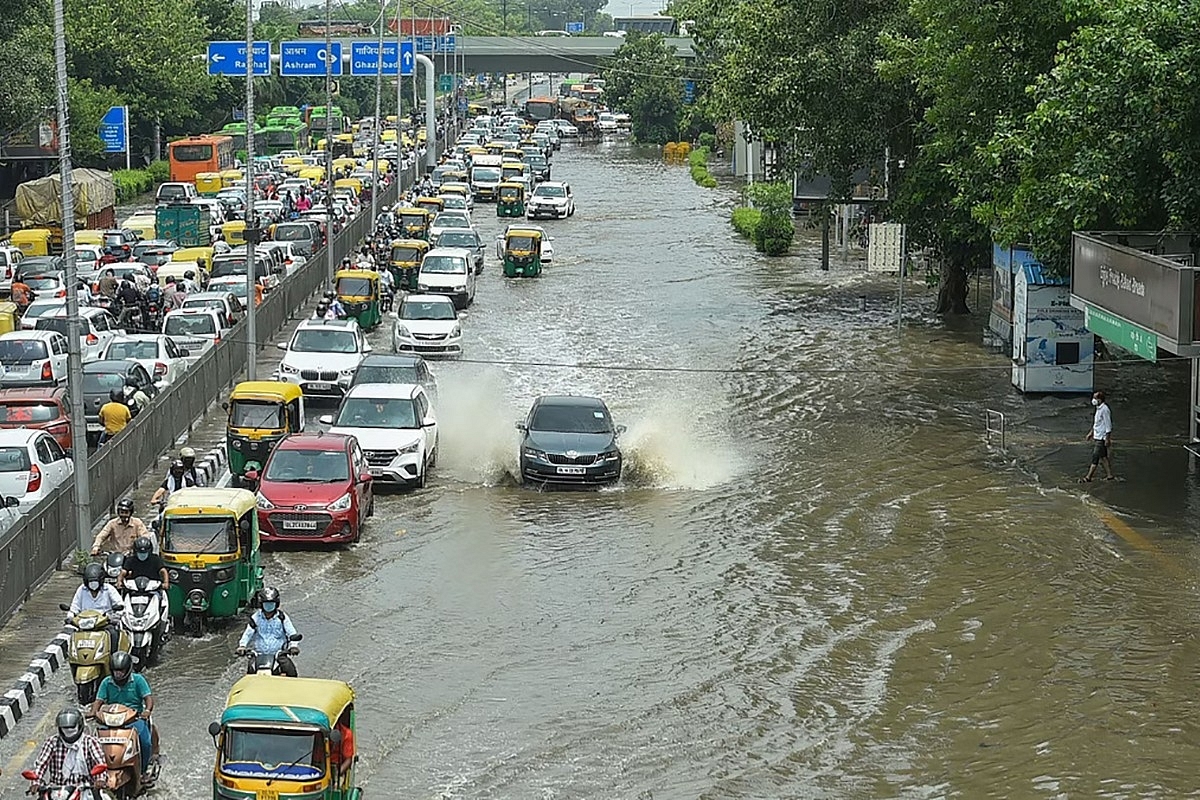News Headlines
Explained: What's Causing Excessive Rain In Himachal Pradesh, Punjab, Delhi And Haryana

Water logging in rainy season
Northern India is currently experiencing an exceptionally rainy phase of the monsoon season, with Himachal Pradesh, Haryana, Punjab, Rajasthan, Uttarakhand, and Uttar Pradesh receiving significantly higher rainfall than usual. The heavy rains have led to widespread destruction and loss of life, particularly in hilly areas.
Initially, the monsoon season was not expected to be very wet, and the start was not promising. Despite the India Meteorological Department's prediction of a normal monsoon, rainfall was anticipated to be limited due to the development of an El Nino.
What happened
The northern states have been particularly affected by the heavy rainfall. Himachal Pradesh has experienced four times the normal rainfall for July so far, while Punjab has received three times the average.
Delhi witnessed record-breaking rainfall on multiple days this month, and Haryana received more than double the expected rainfall during the first ten days of July.
The recent spell of intense rainfall in northern India is attributed to the interaction between monsoon winds and western disturbances that converged over the region during the first half of July.
The Indian Meteorological Department has clarified that such events of extremely heavy rainfall are not uncommon during the monsoon season, with hundreds of similar instances occurring across the country each year.
While these rainfall events are not explicitly linked to climate change, it is widely recognized that climate change increases the likelihood, frequency, and intensity of extreme weather events, including heavy rainfall and heatwaves.
While some rainfall-triggered disasters in India, such as the 2013 Uttarakhand disaster and the 2017 Chennai floods, have been assessed as having been influenced by climate change, more studies are needed to determine the specific attribution.
Overall, monsoon rainfall has remained relatively consistent over the past two decades, but there has been an increase in intra-seasonal variation. This means that fewer days contribute to the majority of the seasonal rainfall, while the remaining days remain relatively dry.
Support Swarajya's 50 Ground Reports Project & Sponsor A Story
Every general election Swarajya does a 50 ground reports project.
Aimed only at serious readers and those who appreciate the nuances of political undercurrents, the project provides a sense of India's electoral landscape. As you know, these reports are produced after considerable investment of travel, time and effort on the ground.
This time too we've kicked off the project in style and have covered over 30 constituencies already. If you're someone who appreciates such work and have enjoyed our coverage please consider sponsoring a ground report for just Rs 2999 to Rs 19,999 - it goes a long way in helping us produce more quality reportage.
You can also back this project by becoming a subscriber for as little as Rs 999 - so do click on this links and choose a plan that suits you and back us.
Click below to contribute.
Latest